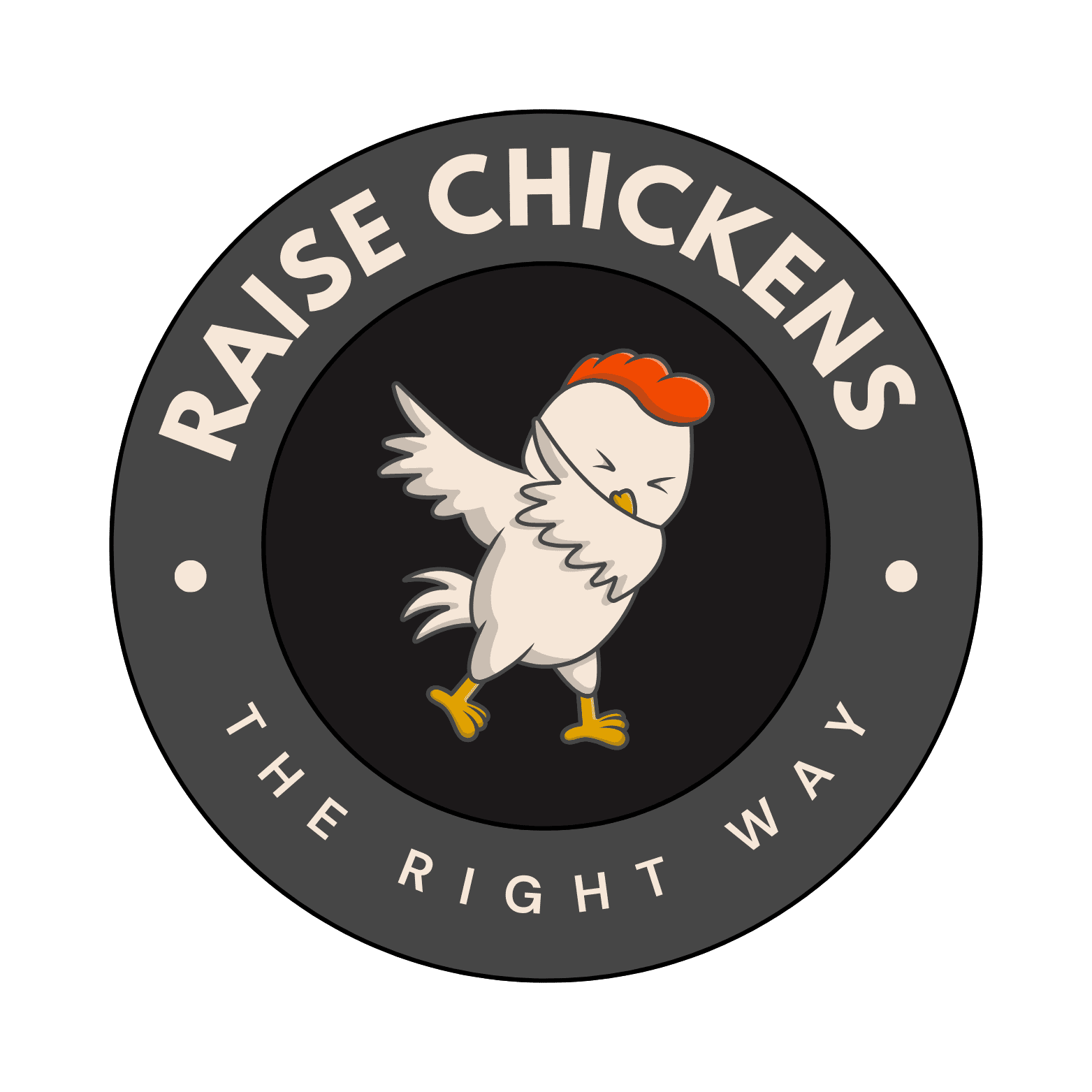Raising chickens is a popular hobby and a sustainable way to obtain fresh eggs and meat. One of the most commonly asked questions by new chicken owners is, “how fast do chickens grow?” Understanding the growth pattern of these birds is essential for providing proper care and ensuring their health and well-being.
Chickens, like many other animals, have different growth rates depending on their breed and purpose. For example, meat chickens or broilers are bred to grow quickly, typically reaching their maximum weight and size within 6 to 8 weeks. On the other hand, egg-laying breeds, like Rhode Island Reds or Leghorns, tend to grow more slowly and reach maturity at around 18 to 24 weeks.
Aside from differences in growth rates between breeds, various factors influence their development, such as nutrition, environment, and genetics. Providing a balanced diet, maintaining a clean living space, and offering proper care can help support healthy growth in chickens throughout their life stages.
Growth Cycle of Chickens
From Hatchling to Maturity
The growth cycle of chickens begins with a fertilized egg, which hatches into a small, fragile hatchling. These hatchlings, or chicks, require chick starter feed, rich in protein, to support their rapid growth in the initial weeks.
Chickens experience various growth stages, transitioning from chicks to adult chickens. Growth rate varies among chicken breeds, but most chicks transition to adults within 16-24 weeks. For example, Orpington, Brahma, and Plymouth Rock breeds may take longer to reach maturity compared to Cornish Cross, which grows rapidly.
Factors Affecting Chicken Growth
Several factors influence the chicken growth rate, including genetics, breed, and environment. Heritage breeds, such as Orpington and Plymouth Rock, grow slower than hybrid breeds created through selective breeding. These hybrids, like Cornish Cross and Broad Breasted White Turkey, show faster growth due to specific genetic traits.
Environment plays a crucial role in chicken growth. A well-ventilated and spacious chicken coop ensures healthy growth, as it allows the chickens to move freely without stress. Temperature and lighting also impact chicken growth; a comfortable, consistent temperature aids in insulating the bird’s body, while adequate lighting helps in maintaining proper feeding habits. Providing layer feed for laying hens is essential since it supplies the necessary nutrients for egg production.
Other factors, such as coop cleanliness and access to water, affect chickens’ growth and overall health. Proper management of these factors contributes to a steady growth rate, leading to healthy adult chickens, suitable for meat or egg production.
Chicken Health and Nutrition
Dietary Requirements of Chickens
Chickens require a balanced diet to grow and maintain good health. A well-balanced diet includes carbohydrates, proteins, fats, vitamins, and minerals. Chickens, especially growing ones, require sufficient protein in their diet. Protein sources include both animal and plant-based options like insects, worms, seeds, and grain. Amino acids, including lysine and methionine, are essential components of proteins that support muscle development and feather growth.
A chick starter feed is recommended for the first few weeks of a chicken’s life. This type of feed is rich in proteins, vitamins, and minerals, providing young chicks with the energy they need for rapid growth. As the chicks mature, they should be gradually transitioned to grower feed and eventually layer feed (for egg-laying hens) or meat chicken feed (for broilers). The latter feeds contain essential elements such as prebiotics, probiotics, and organic selenium to help enhance overall health.
For laying hens, calcium plays a vital role in maintaining strong eggshells. Oyster shell supplements or other calcium sources can be provided to ensure sufficient calcium intake. Adequate nutrition and hydration must be maintained through the chicken’s entire life cycle, including periods of egg laying, molting, and retirement.
Common Health Issues and Solutions
Regular health checks by a veterinarian are essential to keep chickens in good condition. Wing and leg problems, parasites, and various illnesses can be identified and treated early with proper assessment. Vaccination and biosecurity measures can help prevent the spread of diseases and maintain a healthy environment for chickens to thrive.
Some common health issues that chickens face include:
- Leg problems: These can result from nutritional imbalances, injuries or genetic factors. Providing enough space for movement and exercise is important in preventing leg issues.
- Parasites: Chickens may experience infestations of mites, lice, or internal worms. Appropriate treatments such as dusting, deworming, or medications given by a veterinarian can help deal with these parasites.
- Molting: This is a natural process in which chickens lose feathers and regrow new ones. During molting, chickens may require extra protein in their diet to support regrowth of feathers.
- Pecking order: In a flock, chickens establish a social hierarchy. Providing ample space and maintaining a peaceful environment can help reduce the likelihood of excessive pecking and related injuries.
Backyard chickens and free-range birds may have different health issues compared to those in more controlled environments. Keeping chicken coops clean, providing proper nutrition, and closely monitoring the birds will help ensure their health and well-being.

